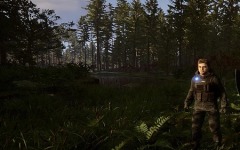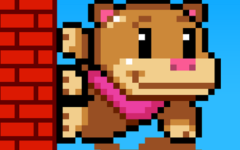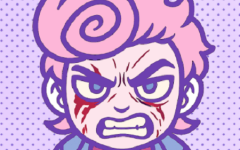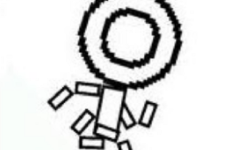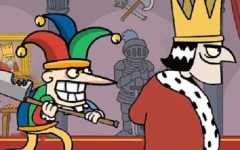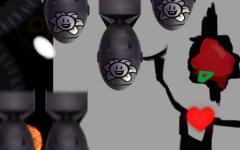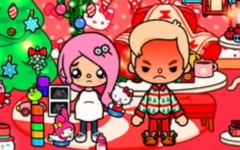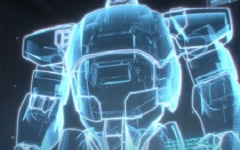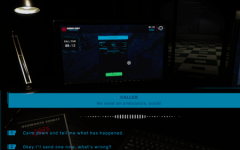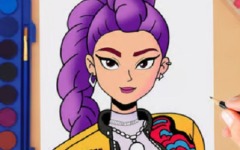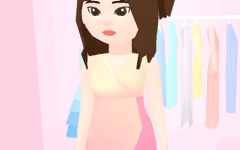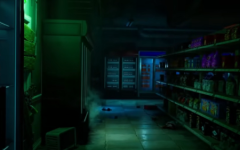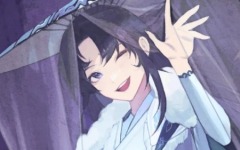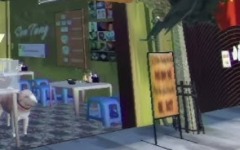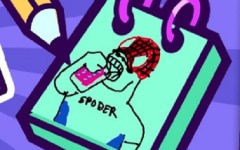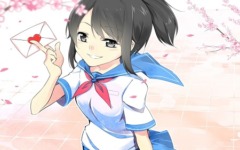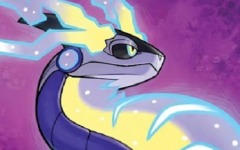Advertisement
Grotesqueresque
Advertisement
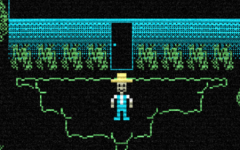
Grotesqueresque is a compact horror anthology game created by A. V. Dossow, designed in RPG Maker as part of a horror-themed game jam. The game delivers ten standalone stories, each exploring different aspects of fear, uncertainty, and psychological tension. A puppet host presents each chapter from a shadowed theater stage, guiding players from one unsettling tale to the next. Each story is brief, typically lasting a few minutes, and offers one or more endings based on the player’s actions or choices during the segment.
Format and storytelling approach
The game is structured as a sequence of short acts, each introduced by the marionette narrator. The segments cover a range of topics, from strange disappearances and artificial consciousness to surreal memories and medical unease. These are not directly connected in terms of narrative, but are thematically consistent in tone and presentation. Transitions between stories maintain the atmosphere, with fading curtains, silent pauses, or brief flashes of imagery. The minimal storytelling leaves much open to interpretation, letting the player draw their own meaning from what they encounter.
Gameplay systems and interaction
Grotesqueresque uses simple controls and minimal interfaces to keep the focus on atmosphere and pacing. While each story differs slightly, most follow a familiar structure involving light exploration, interaction, and decision-making. The player’s choices can lead to different outcomes, and several chapters contain hidden paths or alternate endings.
Core gameplay elements include:
- Movement and interaction using basic keyboard inputs
- Dialogue or text-based decision moments
- Environmental observation with limited UI elements
- Short puzzles or timed responses in some chapters
- End-of-story screens summarizing player outcome
This structure allows players to move through the experience at their own pace, revisiting chapters to see what changes based on their behavior.
Visuals, sound, and tone
The game features retro pixel graphics with carefully controlled color palettes and animation styles unique to each act. Some stories use static imagery to emphasize stillness, while others incorporate looping movement or flashes of activity to unsettle the player. The audio design avoids constant background music, instead using ambient sounds, silence, or sudden audio cues to shift mood and tension. The puppet host is animated with smooth transitions and helps maintain a consistent tone throughout the entire experience.






















































































































